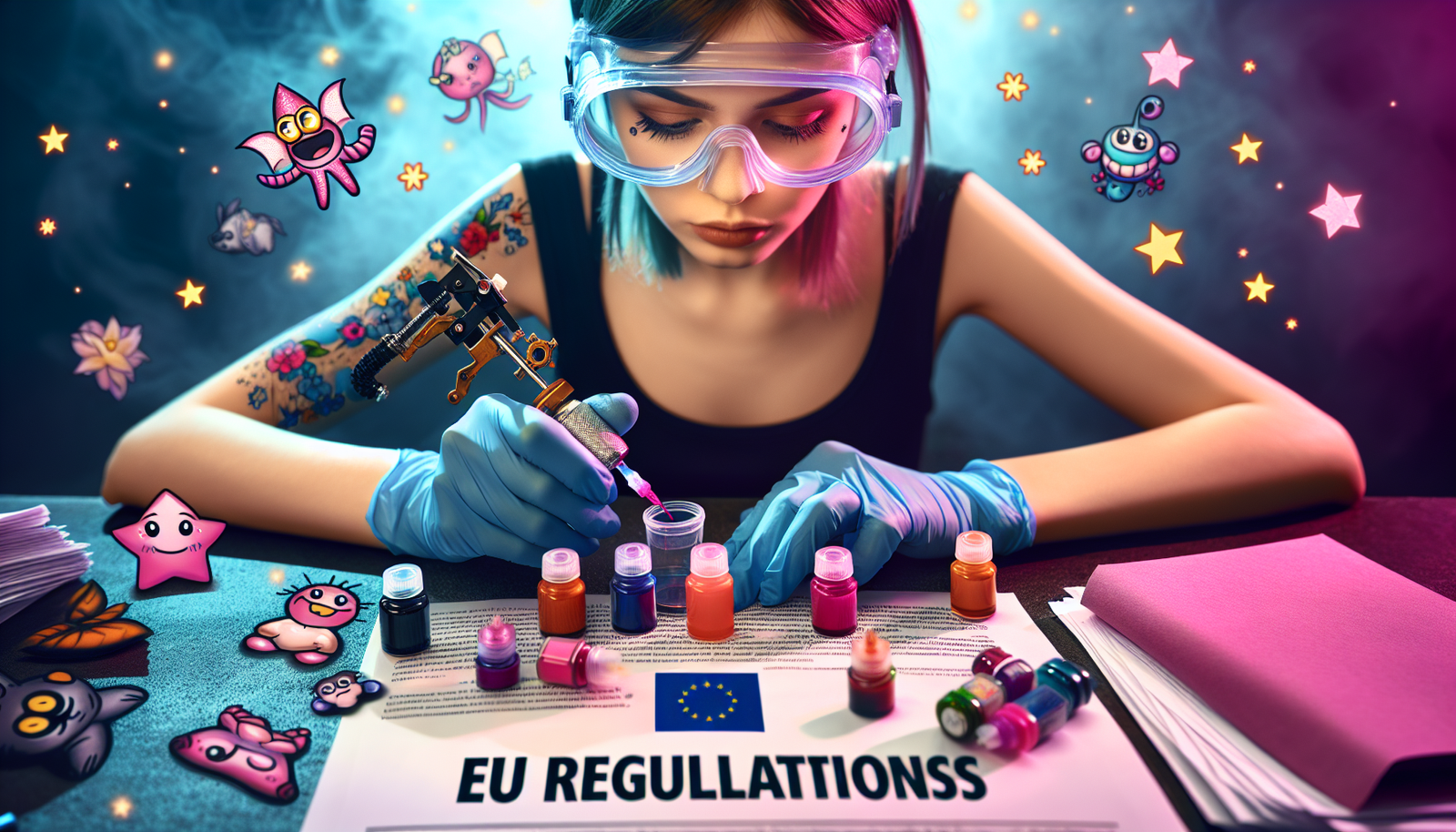Understanding Tattoo Ink Safety: Issues Persist Despite EU Regulations
Recent findings from researchers at Binghamton University have raised alarms about the safety of tattoo inks in Europe, revealing that many products are mislabeled and may contain prohibited ingredients. This revelation is particularly concerning given the stricter regulatory environment in the European Union compared to the United States.
Key Findings
-
Mislabeled Ingredients: A study published in the journal Analyst found that components in green and blue tattoo inks frequently do not match what’s listed on labeling. Some inks even contain banned substances.
-
Ingredients Decoded: The typical tattoo ink consists of pigments, which provide color, suspended in a carrier solution often made from alcohol or witch hazel. However, unknown additives could potentially lead to adverse reactions for users.
-
Research and Methods: The study employed advanced techniques such as Raman spectroscopy and nuclear magnetic resonance to analyze a range of tattoo inks. This enabled the identification of various pigments and additional components in the inks.
-
Regulatory Concerns: In total, nine out of ten tested inks did not comply with EU regulations—four of these contained prohibited ingredients. The difficulty of enforcing bans, such as the one on certain blue pigments, highlights larger issues within the regulatory framework.
-
Consumer Rights: The study emphasizes a fundamental right for tattoo clients and artists: knowing what ingredients are present in the inks they are using. With the unknowns surrounding the chemical composition, potential risks of allergic reactions or other serious health issues cannot be assessed properly.
Implications for Safety and Regulation
The ongoing issues with tattoo ink safety raise critical questions about not only consumer health but also the effectiveness of existing regulations. The need for manufacturers to adopt more rigorous production standards and for regulators to enforce compliance is apparent.
As Swierk states, “Our work cannot determine whether the issues with inaccurate tattoo ink labeling is intentional or unintentional, but at a minimum, it highlights the need for manufacturers to adopt better manufacturing standards.”
While the current regulatory framework aims to protect consumers, the gap between regulations and actual compliance suggests a need for reevaluation of existing laws, especially when enforcement proves challenging.
Conclusion
The findings serve as a stark reminder of the importance of transparency in the products we use on our bodies. As both consumers and artists remain in the dark about ink compositions, the advancements in analytical techniques and the push for better regulations may lay the groundwork for a safer tattoo industry in the future.

